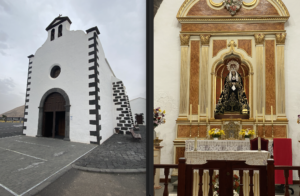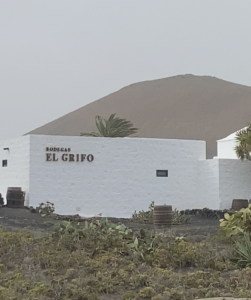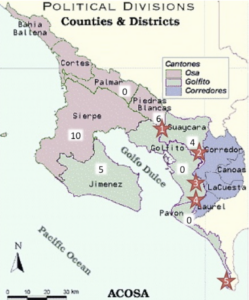While you may not have heard of Kimberly Clark itself, you definitely have used several of its products. Kleenex, Scott toilet paper, Klotex feminine products, Huggies and Pull-ups are some of the countless names made by Kimberly Clark. The company manufactures and distributes its products world wide, having 216 locations in 63 countries with over 46,000 employees. Kimberly Clark previously sourced all of its paper/pulp from trees in the boreal and temperate forests in the United States and Canada. They have released sustainability goals, shifting to alternative and recycled fibers, and any virgin fibers being certified by the Forest Stewardship Council.

The Costa Rica 5,200 sq meters warehouse is located in Coris, Cartago and supplies 5 million products daily to Latin America, the Caribbean and Puerto rico. Over 1,500 people are employed by the company in its production plant, factories, distribution centers, national headquarters, regional headquarters and its global service center in Costa Rica.

Kimberly Clark follows the International Labor Organization’s Declaration on Fundamental Principles and Rights at Work with several guidelines outlined in their supplier social compliance standards. Freedom of association, minimum age of 15 (unless exception under convention 138), prohibit physical and mental abuse (slave, indentured, prison labor), and follow wage, work hours, and benefit standards. The company also strives to protect the environment by following regulations and sourcing conflict free minerals only, with supplier documentation.
At the Costa Rica plant these practices have led to receiving the 2021 Global Preventico Award, and gold in Health Promotion, Safety and Health at Work, Human and Property Safety (Editor 3). They also received “Social Responsibility in Action” from the Costa Rican-American Chamber of Commerce for their commitment to zero waste. These certifications and awards show that working standards in this company are high (Garza, J). Kimberly Clark invested US $31 million in 2014 and $42 million in 2019 bringing more jobs into the country (Morales, C). With its high company ratings, job opportunities and commitment to recycling it seems that Kimberly Clark is benefiting the Costa Rican community.

Kimberly Clark’s global manufacturing and trade is an example of Neoliberalism. This political economic process builds off the free trade market and little state or government intervention. Neoliberalism is “serving to hit the South once more, just as slavery and colonialism did in the past” (Potter). It has become one of the only ways for developing countries to close the income gap with developed countries and boost their economies. While companies like Kimberly Clark are benefiting the local economy of places like Costa Rica by investing and providing jobs, they are still imposing a form of control over a developing country. If there wasn’t so much money involved in the global market, then maybe smaller countries would be able to develop their own competitive companies. However with the current state of economics and the free market large dominating companies are able to exploit developing countries, preventing any other opportunities or ideas from forming.
- Editor 3. (2021). Planta de Kimberly-Clark en Costa Rica obtiene Premio Global Preventico 2021. Periodico Digital Centroamericano y del Caribe. https://newsinamerica.com/pdcc/gerenciales/2021/planta-de-kimberly-clark-en-costa-rica-obtiene-premio-global-preventico-2021/
- Forbes Staff. (2019). Kimberly-Clark invierte 42mdd en Costa Rica. Forbes Central America. https://forbescentroamerica.com/2019/09/04/kimberly-clark-inverte-42-mdd-en-costa-rica/
- Garza, J. (2020). Planta de Kimberly-Clark en el país recibe galardón por convertirse en cero residuos. La Republica. https://www.larepublica.net/noticia/planta-de-kimberly-clark-en-el-pais-recibe-galardon-por-convertirse-en-cero-residuos
- Morales, C. (2019). Kimberly-Clark Invests $42 Million in Costa Rica. Cinde Invest in Costa Rica. https://www.cinde.org/en/essential-news/kimberlyclark-invests-42-million-in-costa-rica
- Potter, Binns, Elliot, Nel, & Smith (4th Edition). (2017). Geographies of Development. Chapter 2 pg 103,104).
- (2014). Supplier Social Compliance Standards. Kimberly Clark Corporation. https://www.kimberly-clark.com/-/media/kimberly/pdf/supplier-link/supplier-social-compliance-standards-final—2014_english_umbracofile.pdf?la=en-us
- (2021). Forests. Kimberly Clark Corporation. https://www.kimberly-clark.com/en-us/esg/smallest-footprint/forests













